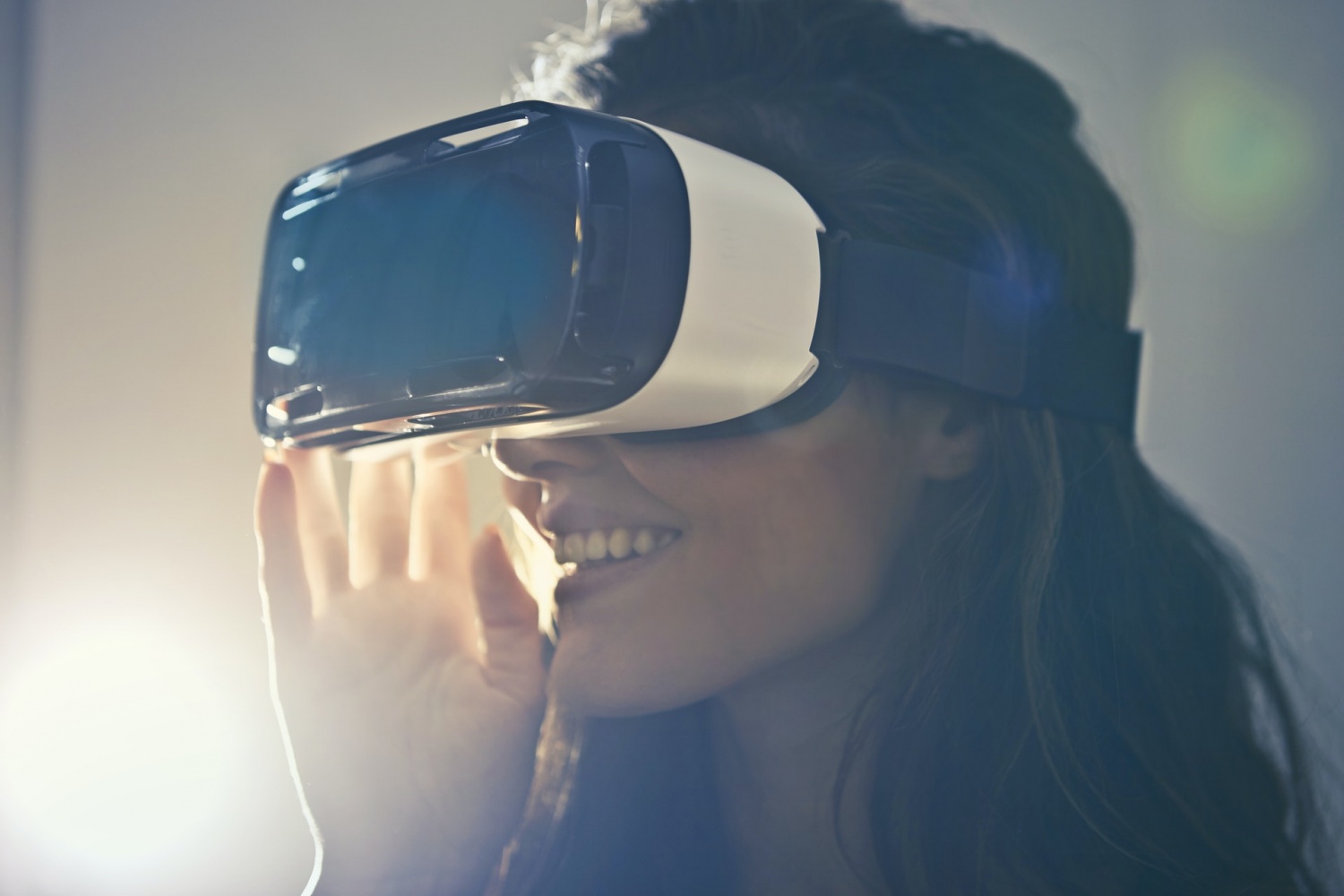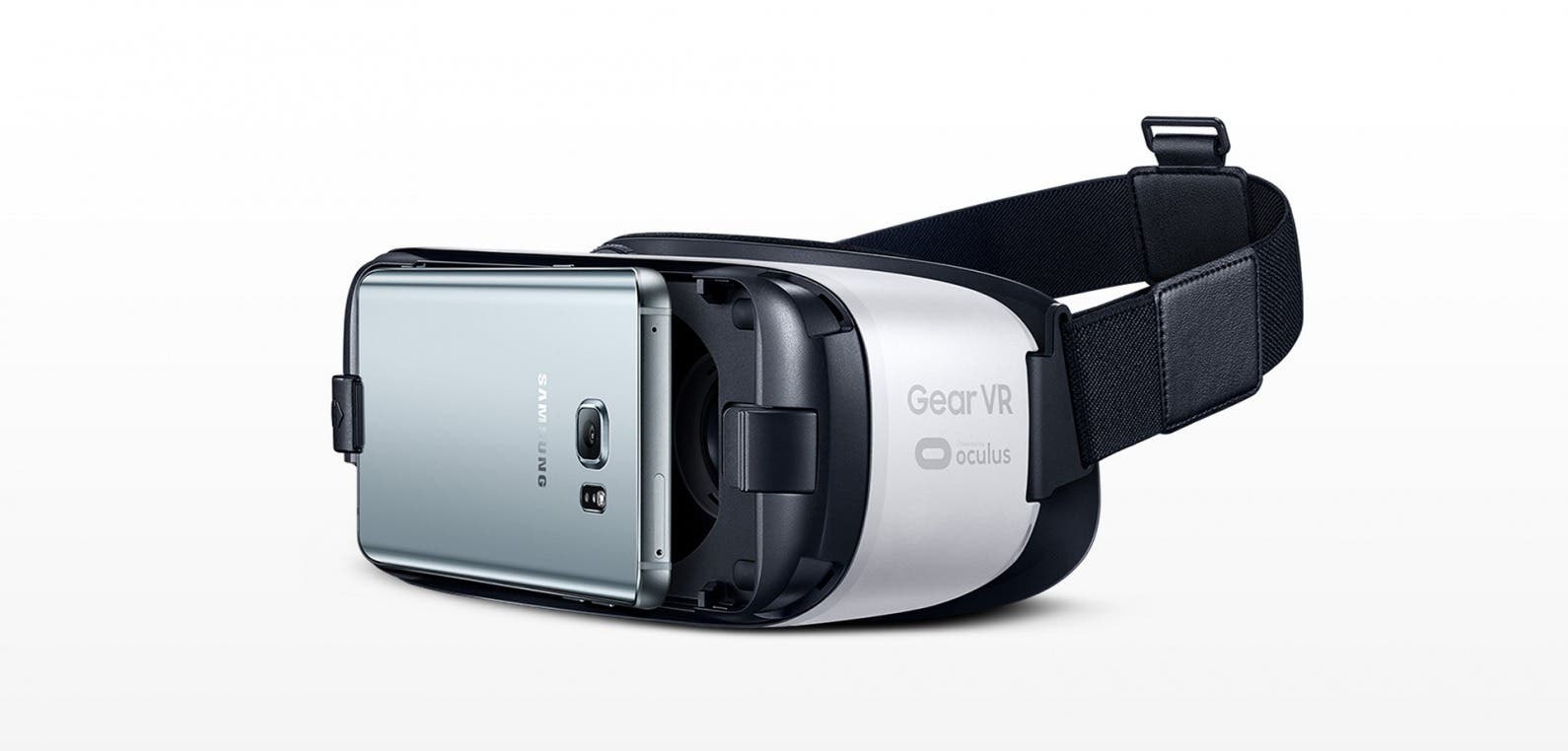

#VR PHOTO IPHONE ANDROID#
Worthwhile appsĬardboard has been available for iPhone for a shorter span than Android (and didn’t start on iOS), so it’s not surprising that there are fewer overall apps available. Other companies have done similar mass handouts to promote app and media releases, although there’s less buzz around low-end VR as of this writing.
#VR PHOTO IPHONE FREE#
The New York Times gave out more than a million free viewers to subscribers in 2015, and Verizon also gave away free Star Wars-themed viewers before The Force Awakens came out.

Lastly, if you don’t want to buy a Cardboard viewer but also don’t want to make one yourself, keep an eye out for promotional giveaways-they’ve been common in the past. Still, it could be a fun weekend project. Just note that it will take a fair amount of precise cutting to get the viewer into working shape. Merge VR’s Goggles are pricey, but they come with big perks over the cheaper options.Įven with all of those options, you can still make your own: Google provides the plans, although you’ll need to track down all of the pieces. We’ve also seen aluminum and EVA foam versions in the past from various manufacturers, although the models we spotlighted previously are no longer sold. Merge VR’s Goggles ($59) are a much sturdier option with a head strap and an extra input button for compatible apps, meanwhile, albeit at a much larger price. Otherwise, there’s the Go4D C1-Glass ($15), which snaps onto your phone, and I Am Cardboard’s foldable Pocket VR ($10) viewer. The ViewMaster VR is sturdy and comfortable, although the clamshell latch doesn’t always hold tight. It’s still a pretty good option overall, and now there’s a refined Deluxe version (also $20) that might be even better.
#VR PHOTO IPHONE PLUS#
Holding my heavier iPhone 6s Plus at the time, sadly, the latch was even more prone to popping open. Mattel’s original View-Master VR ($20) is a neat option: When I wrote about it for our sister site Greenbot, I praised the sturdy build and comfortable fit against your face, although the latch was a little finicky. There are also plastic and foam options, some bigger and stronger than the cardboard viewers and others smaller and more portable. Unofficial Cardboard’s 2.0 Plus viewer adds little tabs for adjusting the position of each lens, but otherwise it’s similar to the standard 2.0 cardboard viewer. Unofficial Cardboard also has a 2.0 Plus viewer (also now $15) that tweaks the design with adjustable lenses and an optional head strap, and they’ve added a cheaper, simpler Elite viewer that’s priced at $8. Each comes with the lenses and a conductive touch button, and they’re lightweight and easily customizable. However, it’s a nice introduction to the world of mobile VR and has a handful of neat VR diversions to check out, such as a dazzling kaleidoscope and some 360-degree tours of various locales.Ĭompanies like Unofficial Cardboard ($14.95), I Am Cardboard ($8), and Knoxlabs ($7) all sell versions that are mostly similar to Google’s own blueprint, aside from small differences in build and components-with a couple of those at about half the cost. The core Cardboard app isn’t required to use a Cardboard viewer-any VR app designed for Cardboard can launch and work independently without Google’s main app installed.
#VR PHOTO IPHONE DOWNLOAD#
Google’s own Cardboard app includes fun demos, and it can point you towards other apps to download too. In the summer of 2015, the company released the enhanced 2.0 viewer blueprint and added iOS support, launching the official Cardboard app and letting app makers bring their VR experiences to the App Store. Cardboard isn’t a hugely interactive platform, so games are pretty simplistic, but it’s a great way to view 360-degree videos and photo spheres, along with other visual experiences.Ĭardboard first launched in 2014 exclusively for Android, and as user and developer support grew, so too did Google’s own focus on the platform. Stare into the lenses and the two images are combined into a single 3D image, and most Cardboard apps use your phone’s gyroscope and accelerometer to let you freely look around the virtual world. Depending on your viewer of choice, the iPhone will either slide or strap in, and then once you fire up a compatible app or game, the image will be split into two halves on the screen.

Rather than use a dedicated screen and processor, Cardboard relies on an affordable shell with specialized lenses, using your iPhone to do the heavy lifting.


 0 kommentar(er)
0 kommentar(er)
